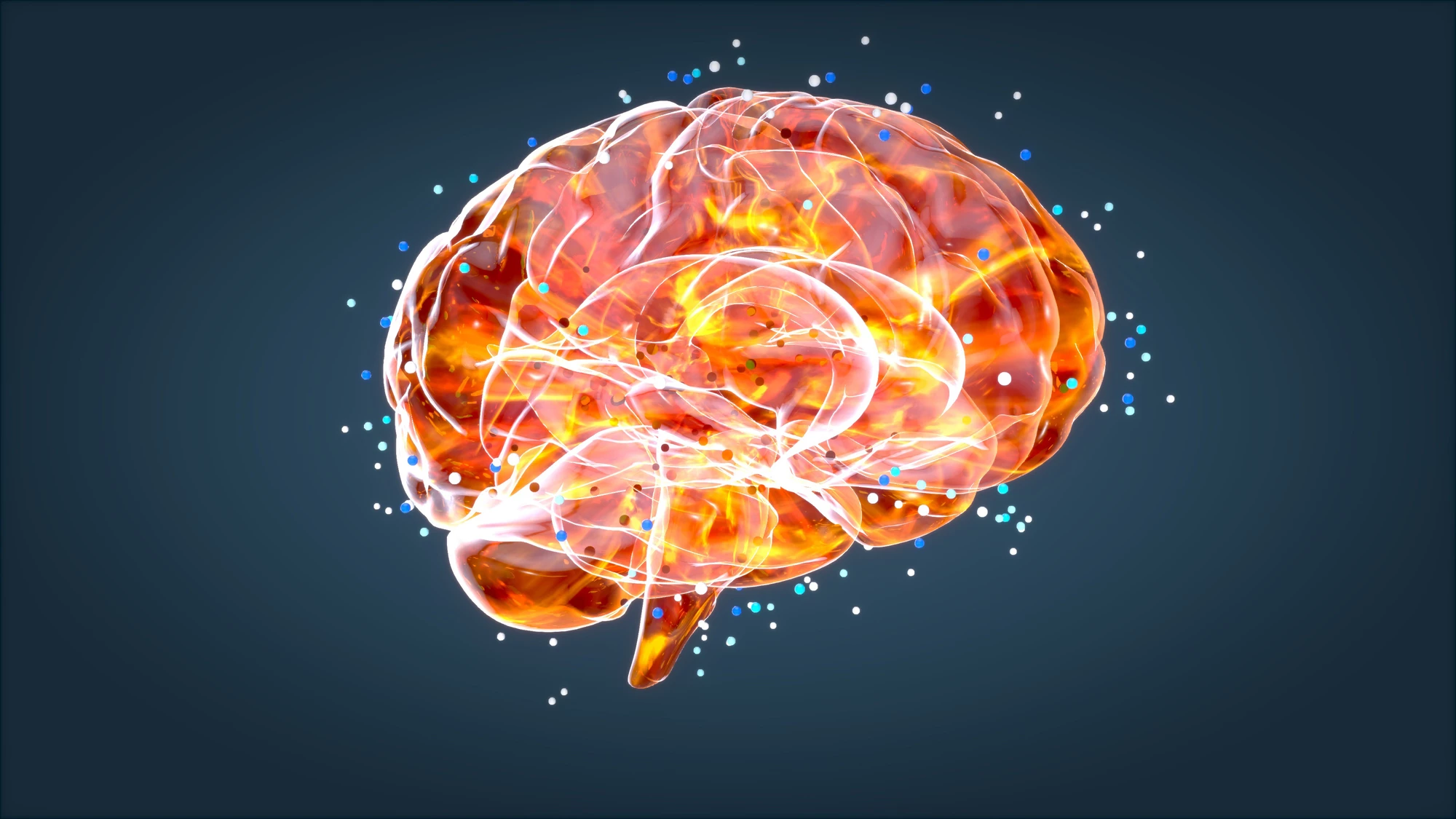It is thought that Parkinson's disease takes hold in the brain long before obvious motor symptoms appear, and a big focus for researchers is the development of diagnostic tools that can detect it early on. Scientists in Israel have demonstrated a promising new technology in this space, using a variation of MRI to spot tiny, telltale structures forming deep in the brain as the disease progresses.
Led by scientists at the Hebrew University of Jerusalem, the research leverages an imaging technology known as quantitative MRI (qMRI). This adaptation of conventional MRI is able to dig deeper into the chemical structure and composition of tissues by capturing several MRI images at different excitation energies.
The researchers adapted this tool to study a region of the brain known as the striatum, which is known to deteriorate during the progression of Parkinson's disease. By examining the brains of 99 early-stage Parkinson's patients and 46 healthy controls, the scientists were able to spot tiny structural differences in a part of the striatum called the putamen. They were then able to link these abnormalities with the decline in dopamine that is characteristic of the condition, and the loss of motor symptoms that this creates.
"In Parkinson’s disease patients, we found abnormal gradients in the putamen, revealing changes in the posterior putamen that explain patients’ dopaminergic loss and motor dysfunction," the researchers said in their paper.
According to the team, the measurements achieved with the qMRI technique are so sensitive they would only otherwise be possible through examinations of brain cells post mortem. Doing so safely in living patients bodes well for the early diagnosis of Parkinson's and other neurodegenerative diseases, though the team anticipates between three and five years of work is still needed to translate the technology into a clinical tool.
Further to diagnostics, the team believes the technology could also be used to track fine structural changes in the brain as a way of monitoring disease progression. In this way, it could also be used to monitor the efficacy of drugs and open the door to personalized treatments.
"When you don't have measurements, you don't know what is normal and what is abnormal brain structure, and what is changing during the progress of the disease," said study leader Professor Aviv Mezer. "What we have discovered is the tip of the iceberg,"
The research was published in the journal Science Advances.
Source: Hebrew University of Jerusalem via ScienceDaily




